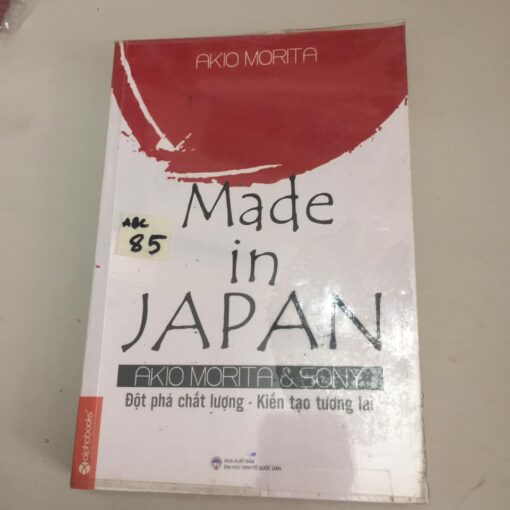

Masaru Ibuka was born in April 1908 (Meiji 41) in the town of Nikko, Kamitsuga County (now Nikko City), Tochigi Prefecture. The period covered by this case study starts at the year after the end of WWII, when both companies were founded, and continues to the final years of the high economic growth era (the end of the 1960s), when Sony and Honda transformed into global companies.

Unlike other companies such as Matsushita Electric that existed before World War II, Sony and Honda were founded after the war.īoth Sony and Honda are well known not only in Japan but also throughout the world and are representative of global companies originating in Japan. Footnote 1 Sony and Honda are selected for the following reasons: In this case study, these two questions will be examined by looking at the paths of four entrepreneurs who created the globally renowned companies Sony and Honda. Why were only certain business managers able to take advantage of the greater business opportunities? (what were the subjective factors underlying innovative entrepreneurial activities?) How did business opportunities for entrepreneurial activities spread throughout the country in that period? (what were the objective conditions for innovative entrepreneurial activities?) Regarding continuity, the following two points need clarification: The dynamism of entrepreneurs during this period can be considered a continuation of innovative entrepreneurial activities. It is also worth noting that the business sectors in which they were active all involved consumer goods. These entrepreneurs played a leading role in economic growth, especially during that lengthy period. In addition to Sazo and Konosuke, others of stature were Keizo Saji of Suntory, Shojiro Ishibashi of Bridgestone Tire, Takeshi Mitarai of Canon, Toshio Iue of Sanyo Electric, Tokuji Hayakawa of Hayakawa Electric, Masaru Ibuka and Akio Morita of Sony, and Soichiro Honda and Takeo Fujisawa of Honda Motor. Looking solely at those involved in the manufacturing industry, one can quickly name a diverse group of entrepreneurs. After Japan’s defeat, through the postwar reconstruction period and the era of high economic growth, many entrepreneurs thrived.


 0 kommentar(er)
0 kommentar(er)
